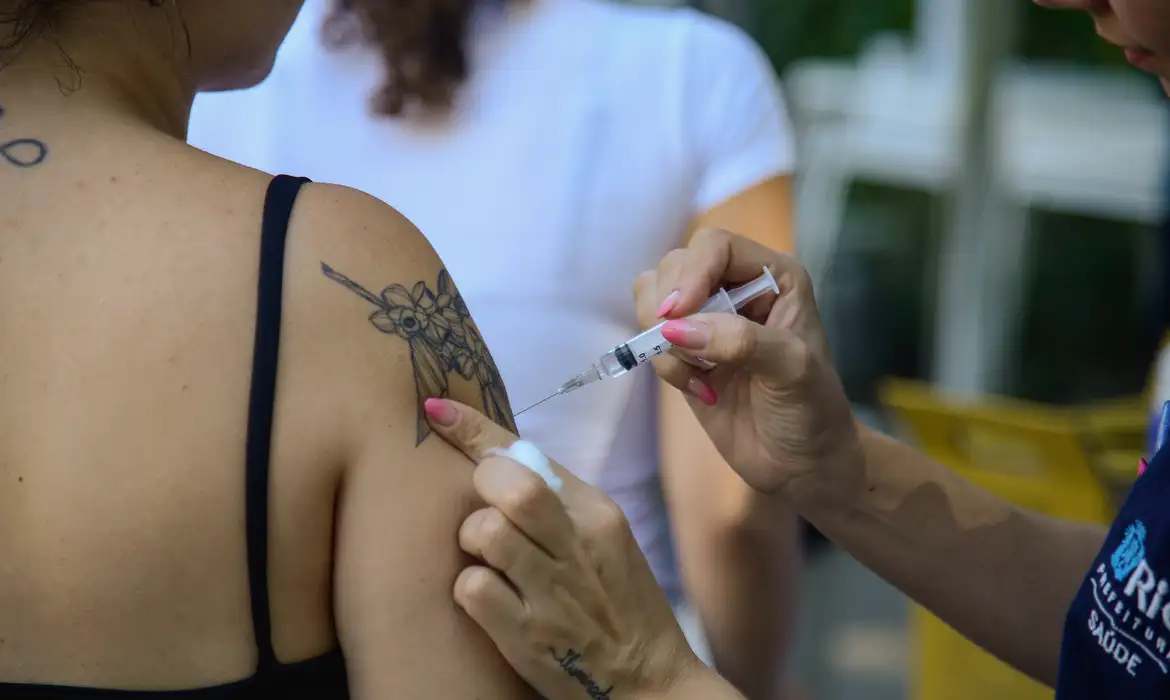
Hospitalizations from SARS are rising in five states, with the coronavirus emerging among the elderly and rhinovirus among children. Fiocruz stresses the importance of vaccination.
Hospitalizations due to severe acute respiratory syndrome (SRAS) have increased in Goiás, Bahia, Paraíba, Sergipe and São Paulo. In Goiás, the main cause is COVID-19 among the elderly population. In other states, the highest rates of rhinovirus infection are found among children and adolescents aged 2 to 14 years. The data are in the InfoGripe bulletin, published on Thursday (22) by Oswaldo Cruz Foundation (Fiocruz).



Regarding capital cities, seven show an increase in SARS cases: Aracaju, Brasilia, Goiânia, João Pessoa, Maceió, Salvador and São Paulo. The analysis refers to epidemiological week 33, from August 11 to 17.
In national data, SARS cases have fluctuated in the long-term trend (past 6 weeks) and there are signs of an increase in the short-term trend (past 3 weeks). The incidence of SARS due to respiratory syncytial virus (RSV) and influenza A has maintained a downward trend in most parts of the country. In the last four epidemiological weeks, the prevalence of positive cases was 22.6% due to RSV; 19.4% due to SARS-CoV-2 (COVID-19); 16.3% due to influenza A; and 1.8% due to influenza B.
Regarding the increase in COVID-19 cases, researcher Tatiana Portela, from the Scientific Computing Processing Program (Procc/Fiocruz) and InfoGripe, emphasizes the importance of up-to-date vaccination for all people in risk groups.
“Although influenza A cases are declining across the country, this is the time when influenza B is starting to increase. So, it is also important for everyone to be up to date on their influenza vaccination.
In the epidemic year 2024, 115,152 SARS cases were reported. Of this total, 55,912 (48.6%) had a positive laboratory result, 45,477 (39.5%) were negative, and at least 7,499 (6.5%) were awaiting results. Of the positive cases, 43.1% were RSV; 19.1% were influenza A; 7.7% were SARS-CoV-2 (COVID-19); and 5% were influenza B.
In the last eight epidemiological weeks, the weekly average incidence and mortality rate has maintained the scenario of greatest impact at the extremes of age. Among children up to two years of age, SARS infections and deaths are mostly caused by respiratory syncytial virus and rhinovirus. Among people over 65, SARS infections and deaths due to Covid-19 are already close to those due to influenza A.
Read also: Housing works affect homes and health of residents in PG neighborhood

“Friendly zombie guru. Avid pop culture scholar. Freelance travel geek. Wannabe troublemaker. Coffee specialist.”






